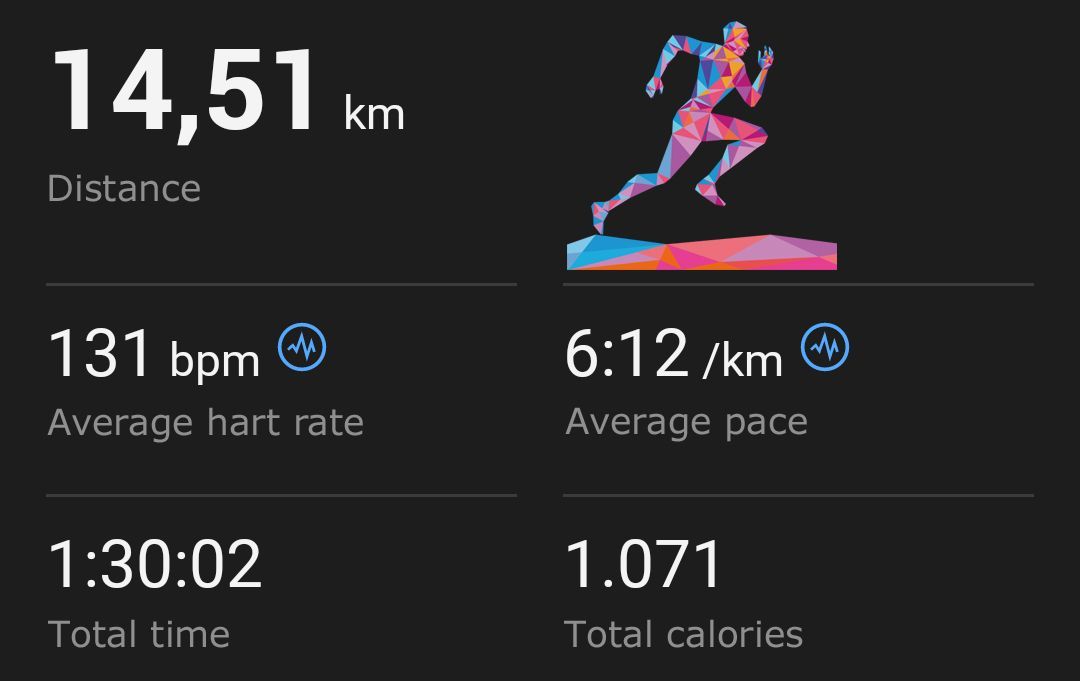We are all Agile brainwashed!
Hundreds of thousands amongst us are certified in an Agile framework by now, of which the most in Scrum. We are picking from the Product Backlog, we are Sprinting like maniacs and we do a whole lot of Timeboxing. The series of review-loops we can dream by now. In the scaled frameworks all of this is being multiplied to several levels. It is a collection of Agile rituals that we all strictly adhere to. We are all Agile brainwashed! We assume that results will naturally come because we act according to the Agile book. After all, we are certified. I believe that reaching success is largely dependent on leadership. Only with commitment and attention from management, these rituals can capitalize on the success of working Agile.
The human in the Agile machine
Is it so bad that we are so strict with ourselves when it comes to the Agile rituals? The hard side of Agile, in other words the mechanical side, is necessary to provide structure. A handhold to let the value creation process flow, otherwise it will become chaotic. The technique of scrumming is now in our system. If we are mainly oiling the machine, there is a danger of "Agile in name only". Yet the answer is "No", it is not a problem that we stick to the Agile rituals so strictly. But it takes more to achieve success. Because what about Agile thinking?
Scrum offers a number of ingrained tools to managers to pay attention to human functioning in this Agile machine, such as:
- Protect the scrum team from disruptive outside influences to ensure they can focus on achieving the sprint goal.
- Help teams organize themselves and make them feel their responsibilities when planning and performing work in a sprint.
- Help the team to make adjustments based on the results of the retrospective meetings.
These are examples that follow from the principles of the scrum framework, supported by the rituals. But that is not enough to become successful with working Agile. We should be more concerned with the soft side of Agile, the human side.
Show leadership
We all know the hard and the soft side of working Agile and teams do apply it. However, a number of questions arise. Do team members get the best out of themselves? When will productivity increase? Are team members satisfied in their role? Managers not only have a stake in the soft side of Agile, but leadership is required. We can provide answers to these questions by showing leadership.
Clear objectives
Provide a clear course for the product to be developed so that the team can set the right priorities in the development process. Obviously, the team ought to be agile in the context of a sprint. The course may also be adjusted once again by renewed insights, that is Agile as well. Make sure that at the start of every sprint, the course is clear for all team members.
Non-verbal communication
Be alert to non-verbal communication in scrum meetings and pay extra attention when team members communicate via a video connection. When you notice that someone is struggling with something, but does not mention it, it is important to find out. By regularly taking some time outside the planned Agile rituals, you create informal contact moments with members of the team. In 1-on-1 conversations, for example, there is ample opportunity to listen and provide support.
Personal development
Regularly decrease the capacity in a sprint to allow team members to develop themselves. Scaled Agile frameworks such as SAFe already provide free time for personal development regularly. Especially in smaller organizations where the scrum framework is used, it is expected to work in a continuous sequence of sprints. After all, we can improve the product ongoingly. This makes it often difficult to spend time on training or courses. As a leader, you can consciously decrease the capacity for a future sprint to provide that opportunity.
Team responsibility
Do not intervene but let something go wrong once to stimulate the learning ability. Scrum is a framework and not a method. The following of the scrum rituals is relatively easy, but the effective use and application of these rituals is difficult. So sometimes things go wrong, especially in a team that is still in the adoption phase of working agile. It is a matter of doing. Start with the sprint even if you do not have all the details to achieve your sprint goal. New insights during a sprint can lead to problems with capacity, available time or promised functionality. Once noticed, try not to intervene as a manager, but let the team solve it themselves. Everyone benefits from that.
The coaching leader
You can implement the hard-technical side in your organization, but it doesn’t necessarily mean you are Agile. Becoming or being Agile is about how you think, apply and use Agile. Agile is a mindset supported by rituals. We are actually talking about the importance of Agile leadership, where we pay a lot of attention to the individual in the Agile machine. As leaders, we strive to coach members in agile teams to position them to be successful as individuals and as part of a team. As leaders, we therefore become coaches for self-organizing teams.
If the Agile team occasionally skips a Timeboxed scrum meeting, that is not a problem. Allow that as a manager, but make sure that the team has it clear why this was decided. They organize themselves, you coach them to get the best out of themselves. Agile leadership.








